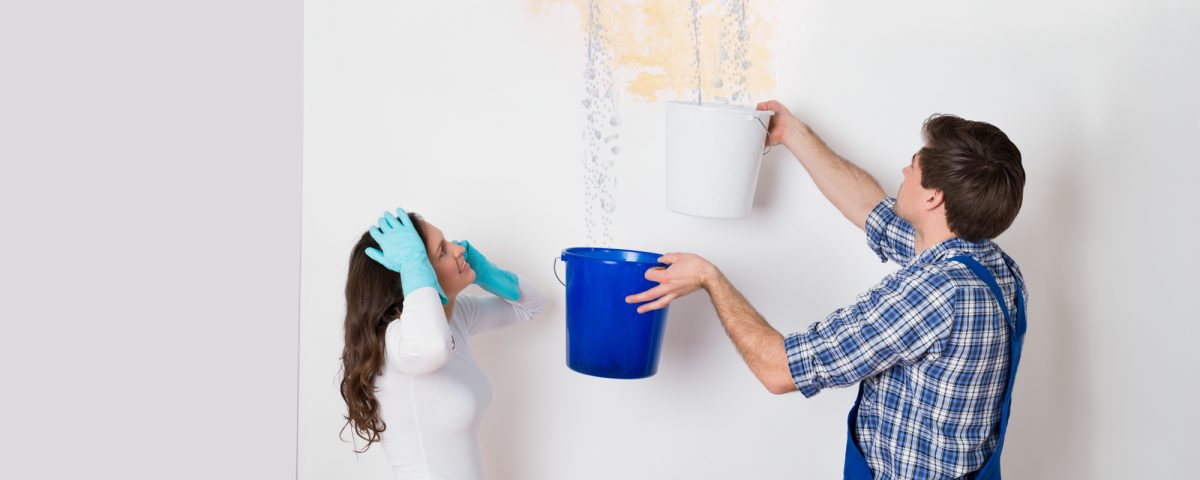- Restoring Every Detail, From Start to Finish
- (801) 263-9990
How Water Damage is Classified

Steps to Take After a Basement Flood
February 1, 2018
Steps to Take After a Basement Flood
March 26, 2018How Water Damage is Classified

Young Woman Standing With Worker Collecting Water In Bucket From Ceiling In House
At AAA restoration, we take pride in our ability to detect, locate and properly manage water damage in your home. Our water damage restoration services use cutting edge technology and the most detailed processes to rid your home of water damage.
Do you know the basics of water damage? There are a few very simple ways it’s classified, and these basic classifications help us determine exactly how we’re going to proceed with cleanup. Let’s take a look at these basics.
Water Damage Categories
When we come to your home to investigate water damage and perform water cleanup, the first task on our plate is classifying the type of damage your home has undergone. Not all water damage is the same, and our approach to yours may vary depending on which type you have.
Firstly, we want to classify the type of water involved in the damage. There are three groupings here, considered “Categories” within water damage:
- Category 1: Clean water that poses no specific threat to human health. This is typically the most common water damage type, and it comes from household items like sinks, dishwashers, washing machines and water heaters.
- Category 2: Gray water that’s contaminated and poses a health risk. This water usually comes from toilets or sewage runoff, and it can cause sickness or even death in some cases.
- Category 3: Blackwater that’s completely unsanitary, poses health risks, and may contain harmful bacteria.
Water Damage Classes
From here, we also need to classify the damage that’s occurred, and the type of restoration services we may have to apply. These areas are broken up into classes:
- Class 1: Minimally harmful, as walls and other materials have absorbed much of the damage.
- Class 2: More serious, usually involving carpets or cushions. Requires fast evaporation for restoration.
- Class 3: Large water damage, often caused by broken sprinklers or overhead sources. Requires the fastest evaporation rate.
Class 4: Special restoration and water cleanup services will be needed. Often, this is when water damage impacts plaster, hardwood or concrete items.

